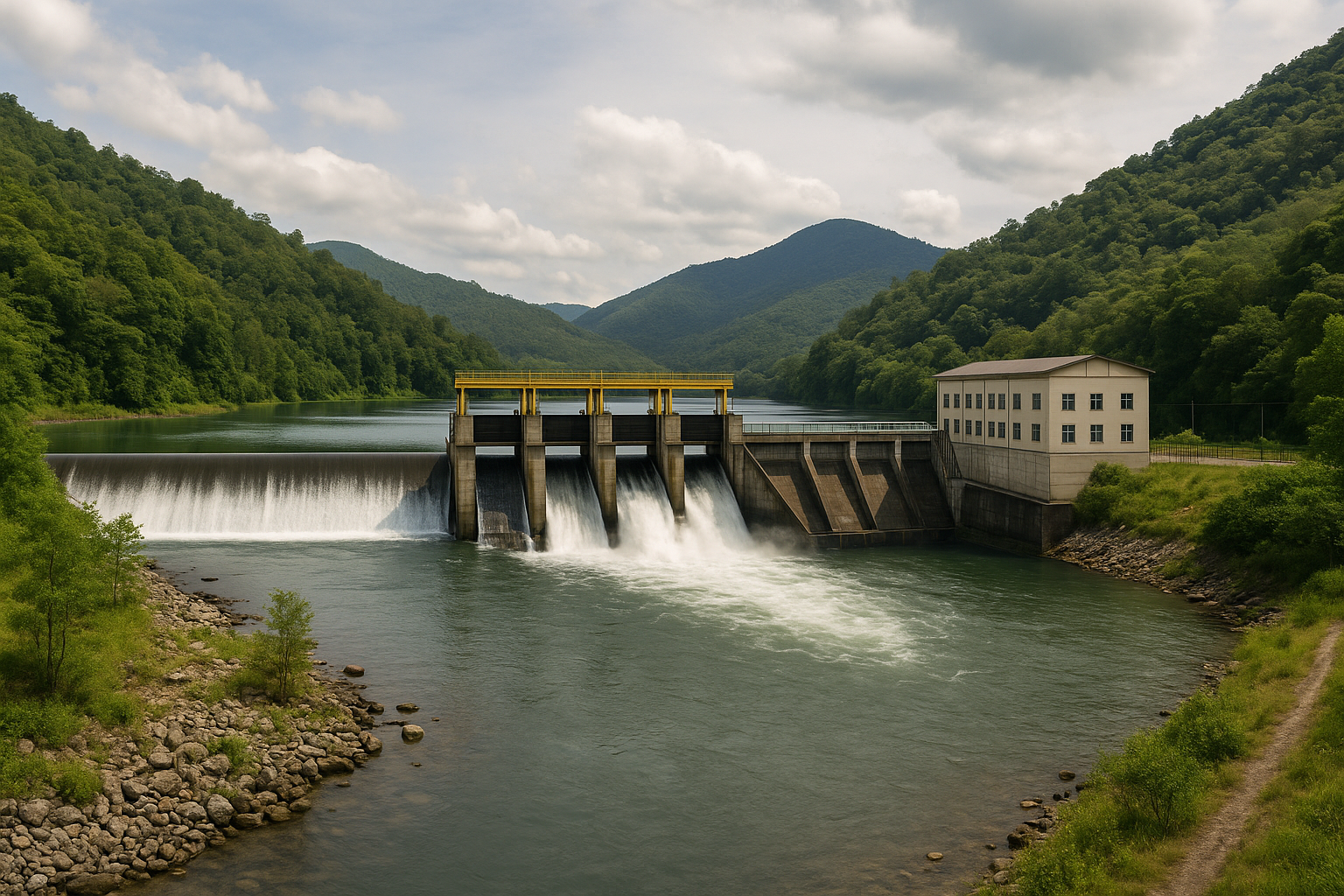Run-of-river hydropower: The low-impact energy solution Southeast Asia needs now
For decades, Southeast Asia has relied heavily on large dam-based hydropower projects, particularly along the Mekong River. While these projects have fueled economic growth, they have also inflicted severe ecological damage, disrupted river ecosystems, and increased vulnerability to climate-related extreme events. The study highlights that countries like Cambodia have already suspended dam construction due to these concerns.

Mainland Southeast Asia is facing a dual crisis: surging energy demand and escalating climate risks. Traditional large dam hydropower projects have long fueled economic development but at the cost of environmental degradation, ecosystem disruption, and growing vulnerability to climate change.
A new study offers a promising alternative. Published in Water (2025) and titled "Present and Future Energy Potential of Run-of-River Hydropower in Mainland Southeast Asia: Balancing Climate Change and Environmental Sustainability", the research reveals how run-of-river hydropower plants (RHPs) could deliver clean energy while minimizing ecological damage. The findings outline a pathway where sustainable innovation meets climate adaptation, redefining the future of power generation across the region.
How do run-of-river plants compare to conventional hydropower?
For decades, Southeast Asia has relied heavily on large dam-based hydropower projects, particularly along the Mekong River. While these projects have fueled economic growth, they have also inflicted severe ecological damage, disrupted river ecosystems, and increased vulnerability to climate-related extreme events. The study highlights that countries like Cambodia have already suspended dam construction due to these concerns.
RHPs, unlike traditional dam-based plants, harness the natural flow of rivers without requiring massive water storage. This feature makes them environmentally friendlier and less disruptive to river habitats. The analysis covered 199 hydrometric stations across Myanmar, Laos, Thailand, Vietnam, Cambodia, and Peninsular Malaysia. Historical data from 1986 to 2023 revealed substantial untapped potential, with Laos emerging as the regional leader in run-of-river energy production. Myanmar and Thailand also demonstrated strong prospects, while Malaysia showed the most balanced seasonal output.
Notably, the study assessed energy production at four operational levels, minimum, maximum, balanced, and optimal, across wet and dry seasons. Results showed that at optimal levels, total production in the region reached nearly 9,300 MW during wet seasons. Laos, with only 33 stations, consistently outperformed Thailand, which had 94 stations, due to its high river discharge rates.
How will climate change shape the future of hydropower in Southeast Asia?
The study employed the HBV hydrological model combined with projections from 31 global climate models to evaluate future hydropower scenarios under two climate pathways: SSP245 (moderate emissions) and SSP585 (high emissions). Findings indicate that climate change will have uneven effects across countries and seasons.
Under SSP245, energy production at the optimal level is expected to increase by 5.9% in the near future (2024–2060) and by 19% in the far future (2061–2099). In contrast, SSP585 projects a 9.2% decline in the near term but a 15.3% rise by the end of the century. Seasonal dynamics also play a major role, with dry season production in Laos, Myanmar, and Cambodia showing significant fluctuations. Malaysia appears least affected by climate change, maintaining relatively stable outputs across scenarios.
Spatial analysis revealed that future production gains would be concentrated in Myanmar and Cambodia under favorable conditions, while central Laos, Thailand, and southern Malaysia may face production declines under high-emission scenarios. These findings underscore the urgent need for adaptive energy strategies that integrate hydropower development with climate resilience planning.
What role will hydropower play in cutting carbon emissions?
By replacing fossil fuel-based power plants with run-of-river systems, the region can substantially cut greenhouse gas emissions. Under current conditions, optimal RHP operation could prevent the release of 32.5 million tons of CO2 annually. Countries like Cambodia and Laos, which possess high hydropower potential, also show the greatest CO2 avoidance rates.
Under SSP245, emission avoidance improves by 8.3% in the near term and 25.3% in the far future compared to the historical baseline. However, under SSP585, the early phase sees an 8.6% decrease in emission avoidance, although this trend reverses later in the century. The study warns that fluctuations in hydropower output due to climate variability could force countries to rely on fossil fuels to cover energy gaps, thereby undermining emission reduction efforts.
The research also connects emission reductions with environmental flow requirements, turbine efficiency, and operational constraints, providing a holistic framework for policymakers. This makes the findings highly relevant for achieving national commitments under the Paris Agreement, where Southeast Asian countries have pledged significant reductions in greenhouse gas emissions by 2030.
Future strategies must address economic viability, grid integration, and policy frameworks that encourage investment in small-scale renewable energy projects. Moreover, integrating RHP development with other renewables such as solar and wind will be key to creating a diversified, climate-resilient energy portfolio, the study suggests.
- FIRST PUBLISHED IN:
- Devdiscourse










